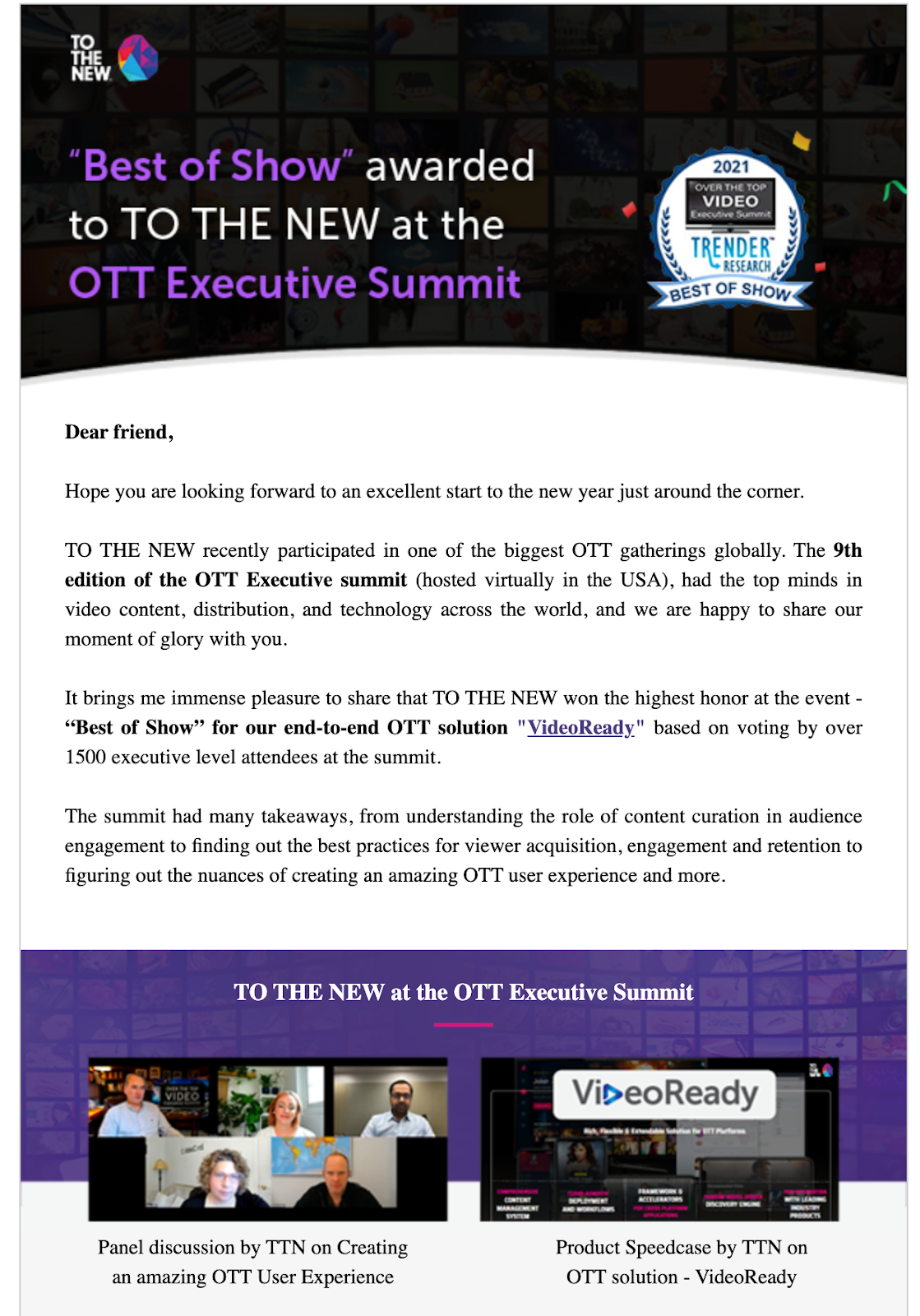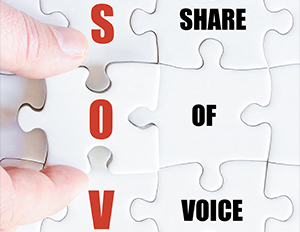Keeping it Simple: HTML vs. Plain Text Emails
Few years back everyone was super excited about HTML 5 and CSS3 usage in email marketing. Companies would stuff every bit of that 600px width with design elements and catchy graphics, and spend huge resources to make their emails more mobile friendly.
But now we are coming back to the basics! These days the marketing world is buzzing with increasing email engagement rate via Plain Text Emails.
HTML Emails
HTML emails look super cool and engaging but when we create different sections or blocks in an email and add different layers of elements like banner images, text sections, speaker section, fancy social media section, and footers with lots of embedded links, we add so much code in the background. This code rests on top of the existing layers of HTML5, CSS3, and JavaScript code.

Another worry in HTML is that these days hacking/spamming has reached another level. Hackers abuse emails via email spams, embedded viruses or malware, phishing attacks, spoofing and other email borne malicious threats by exploiting anchor links and JS.
With these growing spamming incident reports, companies have started using anti-spam software like SpamTitan, Avanan Cloud, SaneBox, N-able Mail Assure and many more. These software scan all the emails and filter out the threats.
Once several users block an email with excessive anchor links or too much JS code, all these software make false assumptions and suppress emails leading to lower delivery rate.
Another important factor is the lack of human touch in HTML emails.
In this post-pandemic world we are already seeing a decline in human interaction and when we receive an email which is coming from an XYZ company’s Marketing or Sales department we don’t pay heed to it. It’s just another fish in the ocean. We’re more intrigued by something that’s coming directly from Mr. John Doe even though we have no connection with them.
Plain Text Emails
Plain Text Emails are more engaging because it makes a recipient feel that someone has sent them a personal email from their own inbox even though it came from the same Marketing Automation Platform but with a different template.
Here’s how you do it.

This email is a great example of a Plain Text Email.
It portrays that “Andrew Smith” sent this email to “Manmeet” from his personal inbox, which is further reassured by Andrew’s signature. The only automation hint is the unsubscribe link at the bottom but those are mandatory and need to be lived by. Here the recipient would imagine that Andrew is personally reaching out to them instead of a generic company sending another promotion.
At TO THE NEW, we have seen much better email engagement rates with these plain text emails over HTML ones ourselves. Click rates and click through rates have also increased with this template. We even confirmed our results by performing A/B testing with HTML and Plain-text emails.
What do you think is a better way to reach out to prospective clients? Which mode do you prefer?



